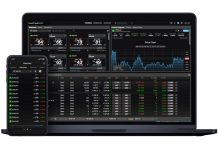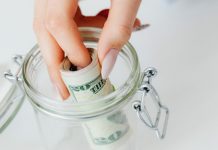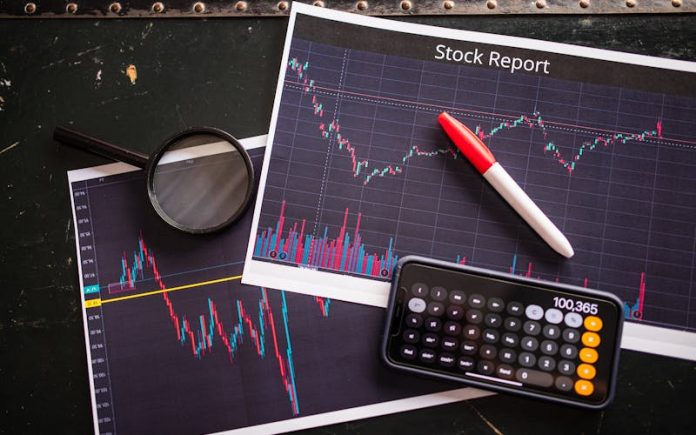There is a plethora of information available to those interested in dividend investing. The most successful dividend investors in the field write and publish many of these articles. This includes books, websites, and even letters to shareholders.
The portfolios of huge, institutional investors are a good example of this. The 13F filings, which are mandatory for institutional investment managers who handle assets above $100 million, are the way through which these portfolios are made public. So follow these below Top 8 Rules for Successful Dividend Investing.
Quality Is Everything
It’s a no-brainer to put your money into high-quality companies with a proven track record of long-term growth, profitability, and stability. If you have the choice between owning a high-quality company and a low-quality one, you shouldn’t take the lower alternative.
Here’s How We Put It into Action: As long as a company’s previous dividend history is considered, the better its risk score. The Dividend Risk score of a stock must be in the A or B range to be eligible for inclusion in the Top 10 of the Sure Dividend Newsletter.
The goal here is to invest in firms that will provide you the most return on your investment dollar for dollar. The best dividend yield is one that is as high as feasible if all other factors remain the same.
Stocks in the highest-yielding quintile have beaten those in the lowest-yielding quintile by an average of 1.72 percentage points per year between 1928 and 2019.
If a corporation distributes all of its profits to shareholders in the form of dividends, there is no opportunity for error. When business is slow, it is important to reduce the payout.
The most important rule of success
Put your money where your money is most needed: in firms that have a proven track record of growth. After years of fast growth, the company will likely continue to do so in the future.
To keep your mind at peace, remember the following: An Idea That Makes Sense: Use these unpredictable times to look for companies that provide great investment opportunities. During a downturn, these companies are more likely to keep up their recent trend of raising dividends. The stock price standard deviations of these securities are also expected to be smaller than the average.
Here’s How We Put It into Action: Each security in the Sure Analysis Research Database is assigned a quality score depending on the current state of the market. When determining our Dividend Risk scores, we take into account the recession score. The Dividend Risk score of a stock must be in the A or B range to be eligible for inclusion in the Top 10 of the Sure Dividend Newsletter.
The Sure Passive Income Newsletter’s ranking algorithm uses standard deviation as a signal. With an average total return of 4.1 percent from 10/19/23 to 6/17/24 morning, the newsletter’s suggestions have earned total returns of -4.4 percent over the same time.
The Excessive Costs Rule
If you’re offered $500,000 for a house worth only $250,000, it makes sense to take the cash. In this respect, a stock is the same. It’s best to sell a stock if you can get more money for it than it is now worth. Invest the money you’ve saved in companies that will provide you with a better rate of return.
We put this into practice in the following manner: We examine previous sell recommendations in the Sure Dividend Newsletter if their expected total returns fall below a certain minimum threshold. Investing in a low-return investment is likely to result in a high price-to-earnings ratio.
It has been shown that the bottom ten percent of P/E ratio equities have outperformed the top ten percent of P/E ratio stocks for the period from 1975 to 2010.
The “survival of the fittest” idea.
You should expect to get less money in dividends from a firm that you own stock in if it reduces its dividends. I don’t think this is what should have happened at all.
Downgrading to “sell” or “pending sale” is the standard procedure for us when a company’s dividend is either lowered or withdrawn, depending on the severity of the move. Besides that, we look at the possibility of selling equities that were previously recommended and received an “F” for dividend risk.
Between 1972 and 2013, the return on equities that had their dividends slashed or eliminated was zero percent.
It’s always a good idea to hedge your bets.
The idea that no one is always right is common knowledge. If you’re wrong about one stock, you can lessen the damage by spreading your investments among a variety of different equities.
In personal finance, the most important rule is to maintain a well-balanced investing portfolio at all times. Applying The 8 Rules of Dividend Investing in the manner explained in the Sure Dividend Newsletter is useful for ranking high-quality dividend growth companies. Purchase the highest-ranking stock in your broad portfolio that you do not already own each month. Please see the newsletter’s recommendations on portfolio development for more information on this subject.
Conclusion
A portfolio of just 12 to 18 equities can yield 90% of the benefits of diversification, according to the evidence.



































